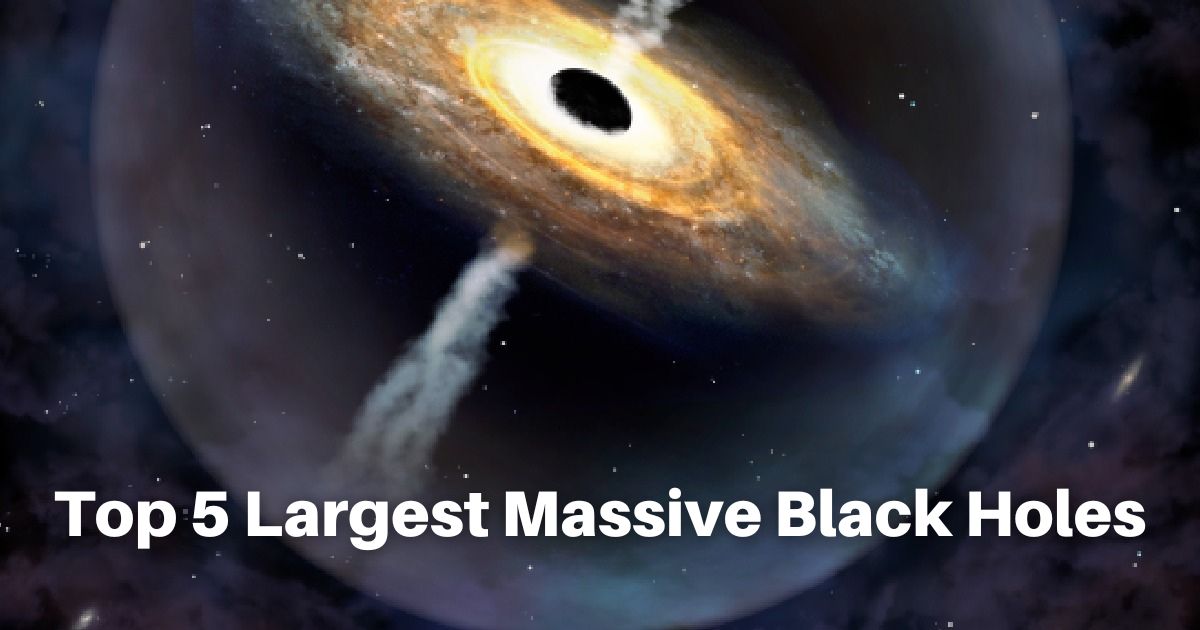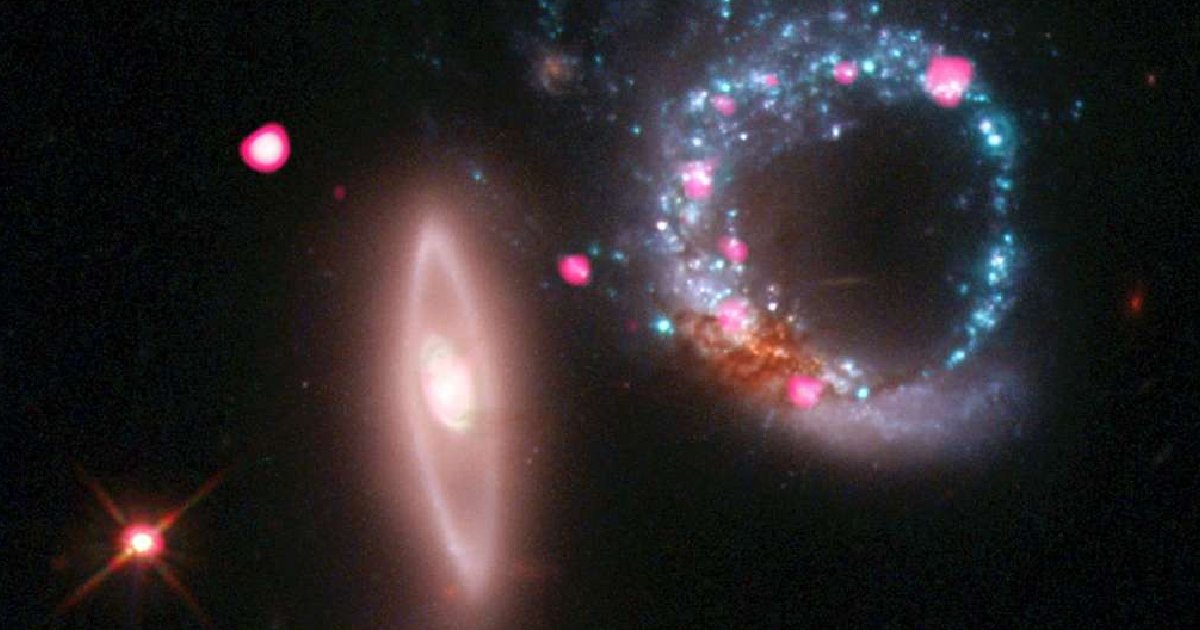
The Universe is an enigmatic place where worlds of wonder hide. Some of these worlds are black holes, the largest and most massive black holes in the known Universe. These giant leviathans exist almost beyond reasonable size and are not only fascinating but the key to galactic dynamics and the structure of space and time.
In this blog, we will describe the five biggest supermassive black holes in the Universe. We will dive into their characteristics, aesthetic and astronomical significance, and some sophisticated methodologies researched to study these leviathans. So, let us take a dive in the galaxy and see some of its more enigmatic and curious inhabitants, from the Milky Way to the distant Universe.
The Titans of the Universe
Black holes aren’t all the same. From ‘stellar mass’ black holes to gigantic supermassive black holes at the centers of massive galaxies, they come in sizes that, to us, might as well be unimaginably huge. The five black holes we’re discussing here are giants among giants. Each of them has a mass that boggles the imagination.
5. M87 (Messier 87)

One of the closest and best-studied black holes lies at the center of the Virgo Cluster galaxy Messier 87, or M87. This luminous behemoth is called M87, and it is a central supermassive black hole with a mass of about 6.5 billion Suns. The Event Horizon Telescope (EHT) brought us the first image of a black hole’s event horizon in April 2019 in the form of a bright ring of light surrounding the telltale dark shadow of M87. We finally began to understand this kind of supermassive black hole shining through the darkness.
As those particles get trapped into rotating one-way circuits around M87’s center, M87’s gravity accelerates them to nearly the speed of light, catapulting them into powerful jets that endure for millions of light years beyond the galaxy. These jets are visible across dozens of different wavelengths, and, more than any other system, M87 has been studied as a testbed for our working models of black hole physics and galaxy evolution. The Hubble Space Telescope and other observatories have tracked these jets for decades.
4. CID-947
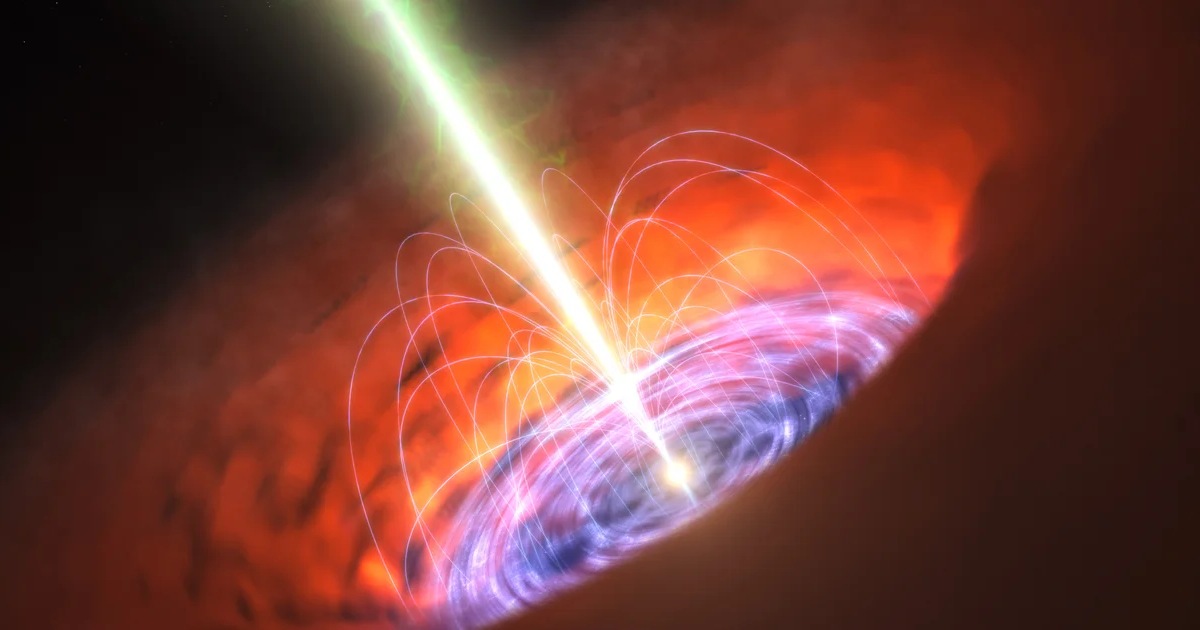
Another one, CID-947, lives in a distant galaxy, its mass nearly 7 billion times that of the Sun. It grew far too fast to have followed the usual rules, far faster than its host galaxy, which suggests that some supermassive black holes don’t gain mass by feeding on their companions.
That rapid growth has led to controversy and further investigation of how and why black holes can grow so quickly and early on. Discovering CID-947 helps us to better understand the conditions of the early Universe, and to identify the factors that give rise to such fast black hole evolution. Current work aims to unravel how this massive stellar black hole grows to so large a size, and to understand how this growth impacts on the very early formation of galaxies.
3. NGC 4889
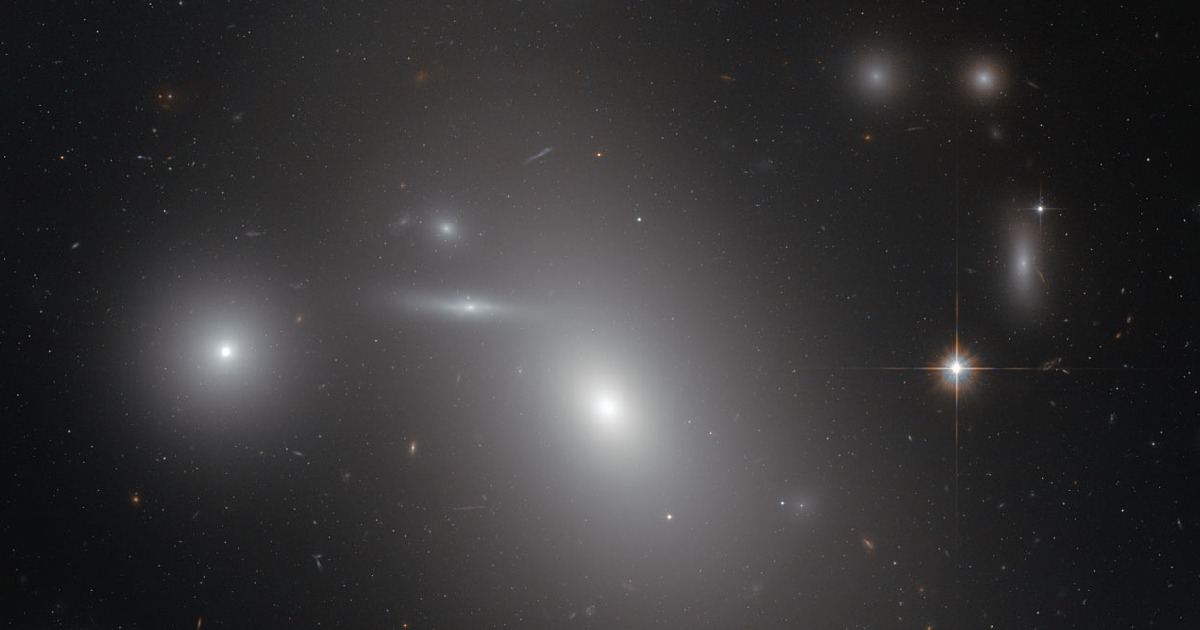
One of these, the elliptical galaxy NGC 4889 in the Coma Cluster, hosts one of the most massive black holes ever discovered. With a mass of about 21 billion times that of the Sun, this ultramassive black hole encapsulates the extreme end of what a black hole can be. Such ultramassive black holes are incredibly rare, and this one is thought to be extremely quiescent – black holes are known for devouring matter and exploding with light as they do so, but for reasons not fully understood, the black hole in NGC 4889 is stubbornly calm. But this poses its own problems.
This inactivity doesn’t mean it’s not a big deal! The sheer size of such a quiescent black hole is important for models of galaxy formation and the role black holes play in galactic centers: NGC 4889’s central black hole means that such large galaxies as it hosts can have very large black holes without any activity as a consequence of their long, diverse history of interaction with their environments.
2. H1821+643
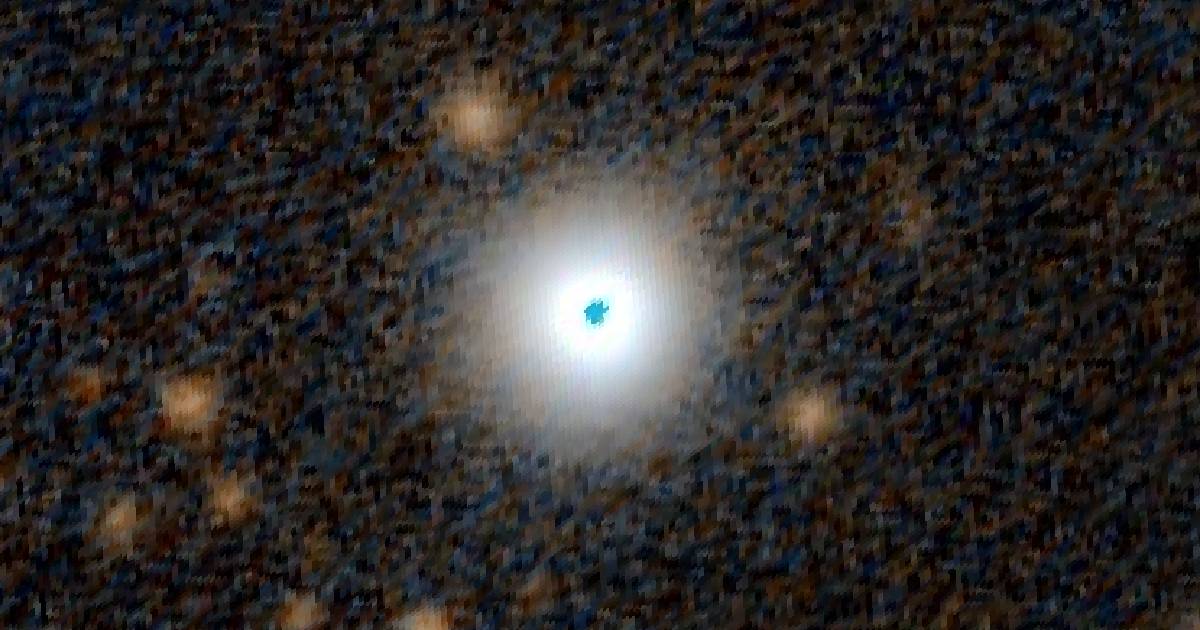
H1821+643 is located about a billion light-years away in a galaxy cluster, and its mass is about 30 billion times that of our Sun. A galaxy containing such a high-mass black hole in its active galactic nucleus, where a black hole can grow rapidly by pulling in matter and emitting huge amounts of energy, is a crucial object to study because it tells us how black holes can control their hosting galaxies.
Astronomers are using these observations of the light emitted by the hot gas and dust envelope that surrounds H1821+643 – spied with the Hubble Space Telescope and various other telescopes on Earth and in space – to create increasingly detailed models of black hole accretion and feedback processes, crucial to understanding the co-evolution of supermassive black holes and their galaxies. The energetics of this blazar reveal some of the mechanisms at work in powering the growth of supermassive black holes.
1. TON 618
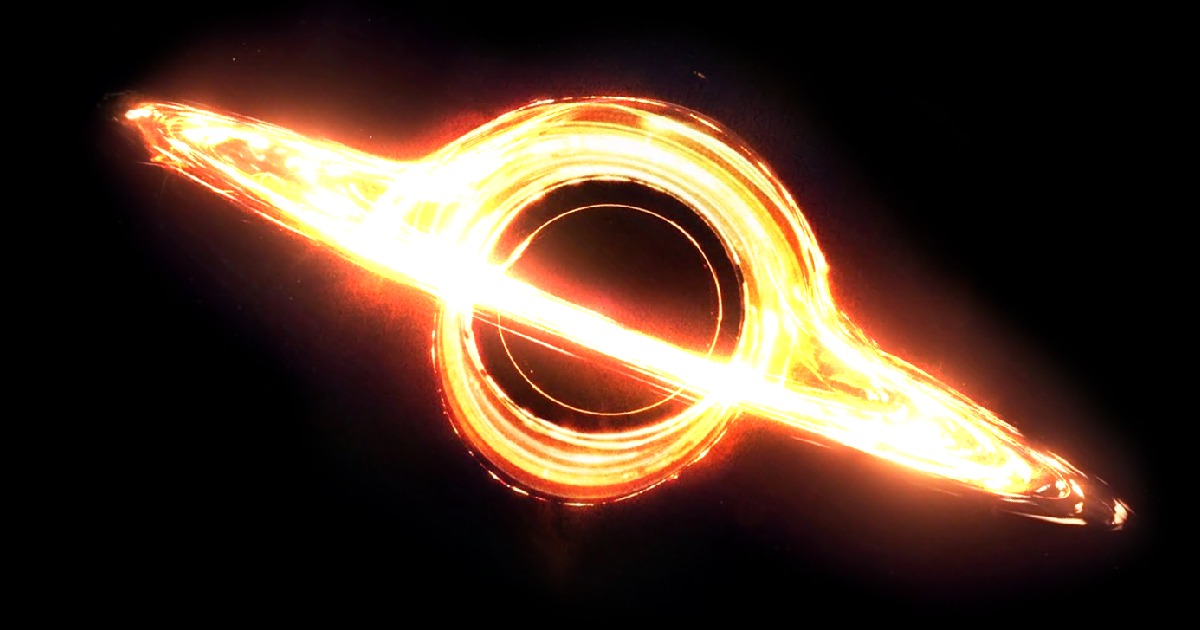
The biggest of these behemoths, with a whopping 66 billion times the mass of the Sun, is TON 618, the most massive black hole observed to date, which lurks in a 13.1-billion-light-year-distance active galactic nucleus (a very bright type of quasar) with a name as monstrous as itself: TON 618. Quasars are the brightest objects outside commonly observed galaxies. They shine with tremendous power caused by matter falling onto a supermassive black hole.
The extreme mass of TON 618 challenges both standard models of black hole growth because such large black holes are difficult to form and standard cosmological predictions of the earliest structure in the Universe because TON 618 would have had to have formed from seeds almost without blemish. Measuring quasars like TON 618 offers an important glimpse into the distant Universe during the epoch of reionization when the first stars and galaxies were forming.
The Methods Behind the Madness
Through a combination of observations and theoretical modeling, we can begin to piece together an understanding of these supermassive black holes. Space telescopes such as the Hubble Space Telescope and the ground-based Keck telescopes in Hawai‘i have observed the light emitted by the hot gas and dust around black holes and the orbiting motions of stars and gas that can be used to infer the mass of the black hole.
As well as space-based telescopes, we have ground-based monsters such as the Event Horizon Telescope that enable us to make direct images of black holes. The EHT taps into an international network of radio telescopes to achieve the necessary resolution to image the event horizons of black holes directly, as demonstrated by the picture of M87. These new technologies are allowing us to extend our investigations right into the heart of the extreme gravitational vicinities of both massive stellar black holes and supermassive black holes, thereby bearing on our understanding of how their formation and growth took place and the feedback they gave to their environments.
Conclusion
And at the extreme end, seeking out the most massive black holes in the cosmos is more than a journey to the edges of the modern Universe: it reveals some of the first processes that built galaxies – and therefore the Universe – as we know it. M87 and TON 618 are not merely fuzzy behemoths at the heart of galaxies. They are cosmic time machines, taking us back to the early days of the Universe by revealing how it ended up looking the way it does today, an evolutionary tale that is still unfolding.
As we can peer further into space and develop more powerful observational facilities, we look forward to unraveling the secrets of these massive mysteries. Upcoming missions are already planned, such as NASA’s James Webb Space Telescope (JWST) and the European Extremely Large Telescope (E-ELT), to peer further into the Universe and give rise to new discoveries about the infancy of these massive black holes and the role they played in the evolution of our Universe.
After all, the study of ultramassive black holes is the story of science and human ingenuity at work. It shows how there’s simply no part of the cosmos, no matter how fanciful we might believe it curiosity. All it needs is for us to really look. As we keep observing and theorizing, we inch ever closer to uncovering how the Universe’s most extreme objects came to be.
Frequently Asked Questions (FAQs)
What is the largest supermassive black hole?
The largest supermassive black hole currently known is TON 618. This colossal black hole is estimated to be around 66 billion times the mass of our Sun. It resides in a quasar located more than 10 billion light-years away from Earth, making it an incredibly massive and distant object. The discovery of TON 618 has provided significant insights into the upper limits of black hole growth and the conditions of the early universe.
Is there a black hole bigger than TON 618?
As of now, there is no known black hole larger than TON 618. With an estimated mass of 66 billion times the mass of the Sun, TON 618 holds the record for the most massive black hole discovered. Astronomers continue to search for and study other potential candidates, but TON 618 remains the largest supermassive black hole identified to date.
Who is bigger, TON 618 or Phoenix A?
TON 618 is larger than Phoenix A. While Phoenix A is also an extremely massive black hole, it is not as large as TON 618. Phoenix A is found in the Phoenix Cluster and is estimated to have a mass of about 20 billion solar masses. This makes it one of the largest black holes, but it still falls short of the immense size of TON 618.
Does TON 618 still exist?
Given the vast distances involved in observing quasars like TON 618, what we see is light that has traveled billions of years to reach us. TON 618 is observed as it was over 10 billion years ago. While it’s reasonable to assume that TON 618 still exists, we cannot confirm its current state due to the time it takes for light to travel such great distances. It likely continues to exist, having evolved over billions of years.
Can we see TON 618?
TON 618 itself cannot be seen with the naked eye or even with most telescopes because it is so far away. However, we can observe the light from the quasar in which TON 618 resides. Quasars are extremely luminous due to the accretion of matter onto the black hole, which emits intense radiation across various wavelengths. This radiation can be observed with powerful telescopes like the Hubble Space Telescope and other observatories that specialize in high-energy astrophysics.

